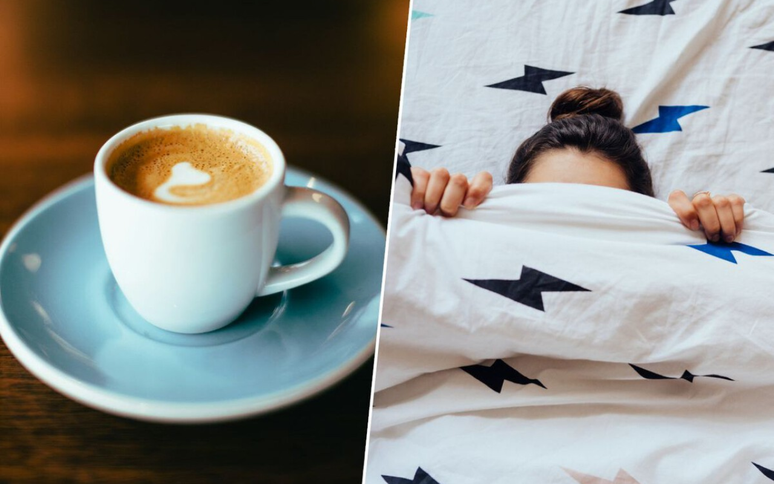No, your stove didn’t die so soon because it was cheap.
A non-stick frying pan is a must-have for any home cook. The perfect restaurant-quality scrambled egg or salmon fillet for a variety of occasions.
Gone are the days when there was only one brand producing non-stick cookware and their prices skyrocketed – now there are a variety of options to suit every taste and budget. But whatever you choose, there are 10 mistakes you should avoid when maintaining your frying pan, or you’ll ruin it.
Do not use cooking spray
Once upon a time, housewives were delighted with the idea of a vegetable oil spray – it allowed them to spend a little on it, which was useful both for the budget and for the figure. The next discovery was cooking sprays, which covered the surface of dishes or baked goods with a literally molecular layer – of course, such spray cans quickly became popular!
If you’re a fan of sprays, you should know that they’re not compatible with nonstick pans. The fact is that they contain not only oil, but also lecithin, which is an emulsifier – a substance that helps combine immiscible liquids into an emulsion. Every time you use the pan, a little bit of lecithin will stick to the surface and eventually ruin the coating.
ADVERTISEMENT – CONTINUED BELOW
So it is best to use oil – the ideal choice would be one with a high smoke point – avocado, coconut, olive, safflower, rice bran, ghee, mustard and sunflower.
Do not pour oil on a hot pan
For most frying pans, the rule is: “Heat first, then add oil.” However, in the case of non-stick coating, this principle does not work: the fat must fall on a cold surface. This is important for two reasons: first, the oil in this case can enhance the non-stick effect, and secondly, some frying pans, when heated without oil, can release toxins – and you definitely don’t need that.







-vf6huy5jc37c.jpg)

